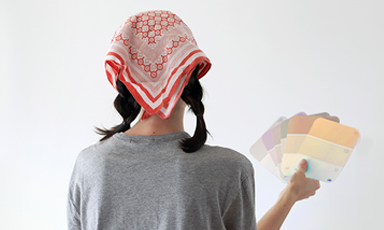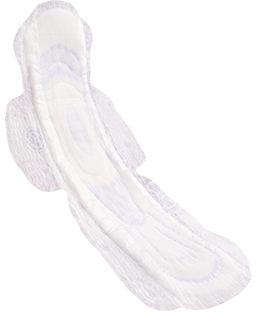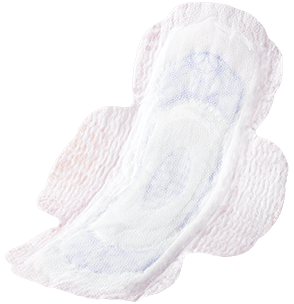By Dr. Jessica Shepherd
Regular, super, super plus? Dr. Jessica Shepherd breaks down choosing the right tampon to manage your period.
I often hear these questions from my patients – “How do I manage my leaks?”, “What are best tampon sizes?” and “Why will the tampon not fit right?”. If you prefer using tampons while on your period, finding the right absorbency and knowing how to correctly insert a tampon is key to feeling worry-free and being leak-free.
Know Your Flow
So how do you know which tampon is right for you? Of course, this varies from woman to woman, but it is also extremely common to vary during your own cycle. I always recommend patients keep a period journal or follow a period calculator to take note of their light, moderate and heavy days. Is your period heavy in the beginning and particularly light after day three? Is it light a day or two in and then gets heavy on day three? Keeping track of your flow is helpful in answering some of these questions.
As tampon sizes for beginners go, try testing what these terms (light, moderate and heavy) mean for you with a regular absorbency tampon:
- For a light flow, expect light white space on the tampon
- For a light to moderate flow, expect an evenly soaked tampon
- For a moderate to heavy flow, expect an evenly soaked tampon with some overflow on string or underwear
Matching Flow to Absorbency
Tampons come in a variety of absorbencies for a reason – women have different flows! When choosing the right absorbency for you, remember that absorbency is linked to the tampon itself. Typically, your options for tampon absorbencies are mini, normal and super, which is like the ultra tampon.
Once you have tested your flow on a regular tampon, I suggest going for a lower absorbency tampon if there is still a lot of white space on a tampon after removing it between 4 and 8 hours. On the other end of the spectrum, the best tampon for a heavy flow would be the super, which provides heavier absorbency to mitigate any leaks. In any case, remember to change your tampon every eight hours, at most. Leaving a tampon in for more than eight hours can increase your risk of infection and irritation.
In general, I recommend choosing the minimum absorbency necessary to control your menstrual flow and ensure a comfortable fit to reduce any risk of infection. It is also recommended not to use tampons to help manage vaginal discharge, when you are not on your period or after giving birth.
About Dr. Jessica Shepherd:
Dr. Jessica Shepherd is an OB/GYN, women's health expert and the founder of Her Viewpoint, an online women's health forum that focuses on addressing taboo topics in a comfortable setting. She currently practices at Baylor University Medical Center in Dallas, TX.
The advice provided in this material is general in nature and is not intended as medical advice. If you need medical advice, please consult your health care professional.










